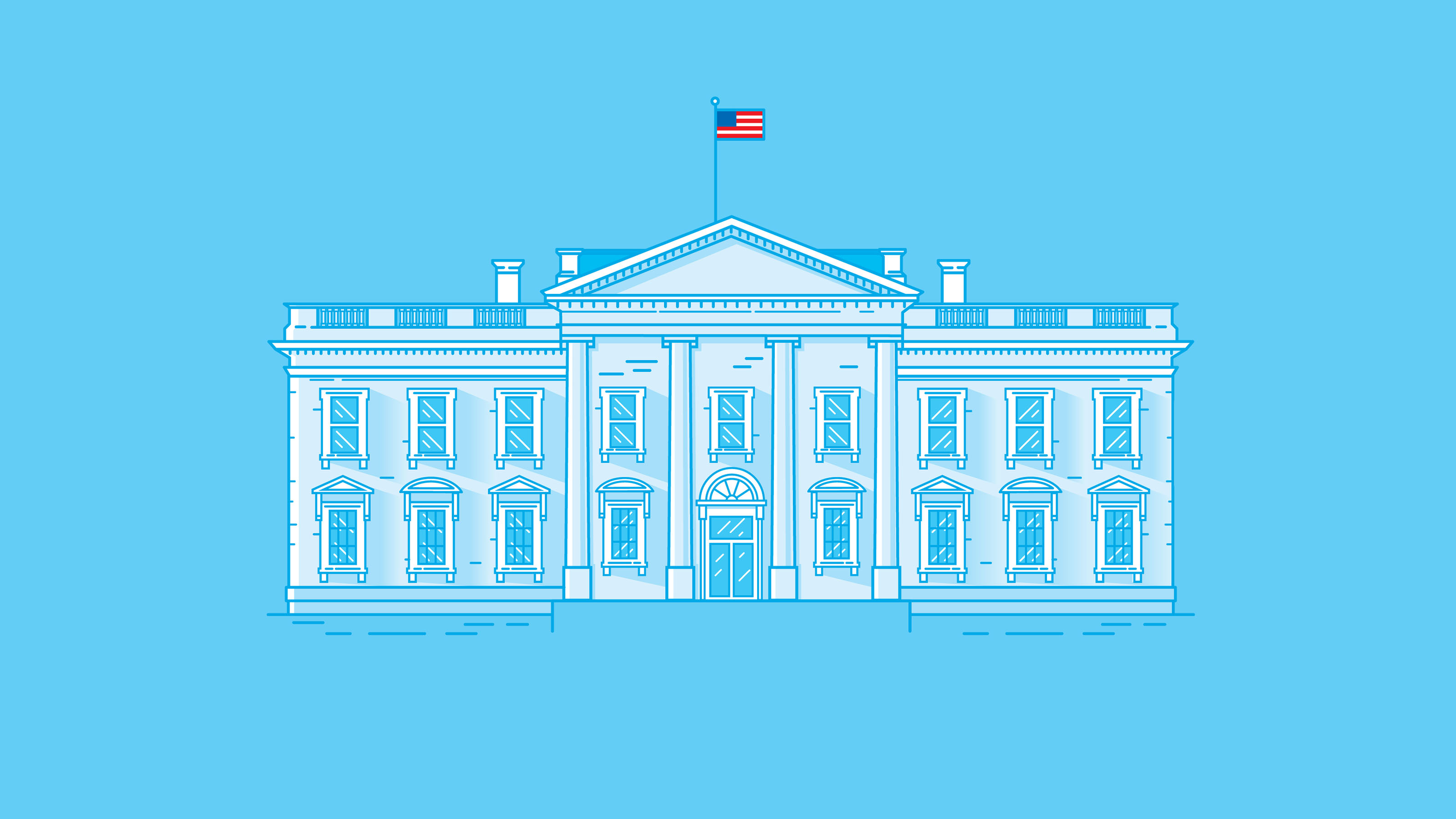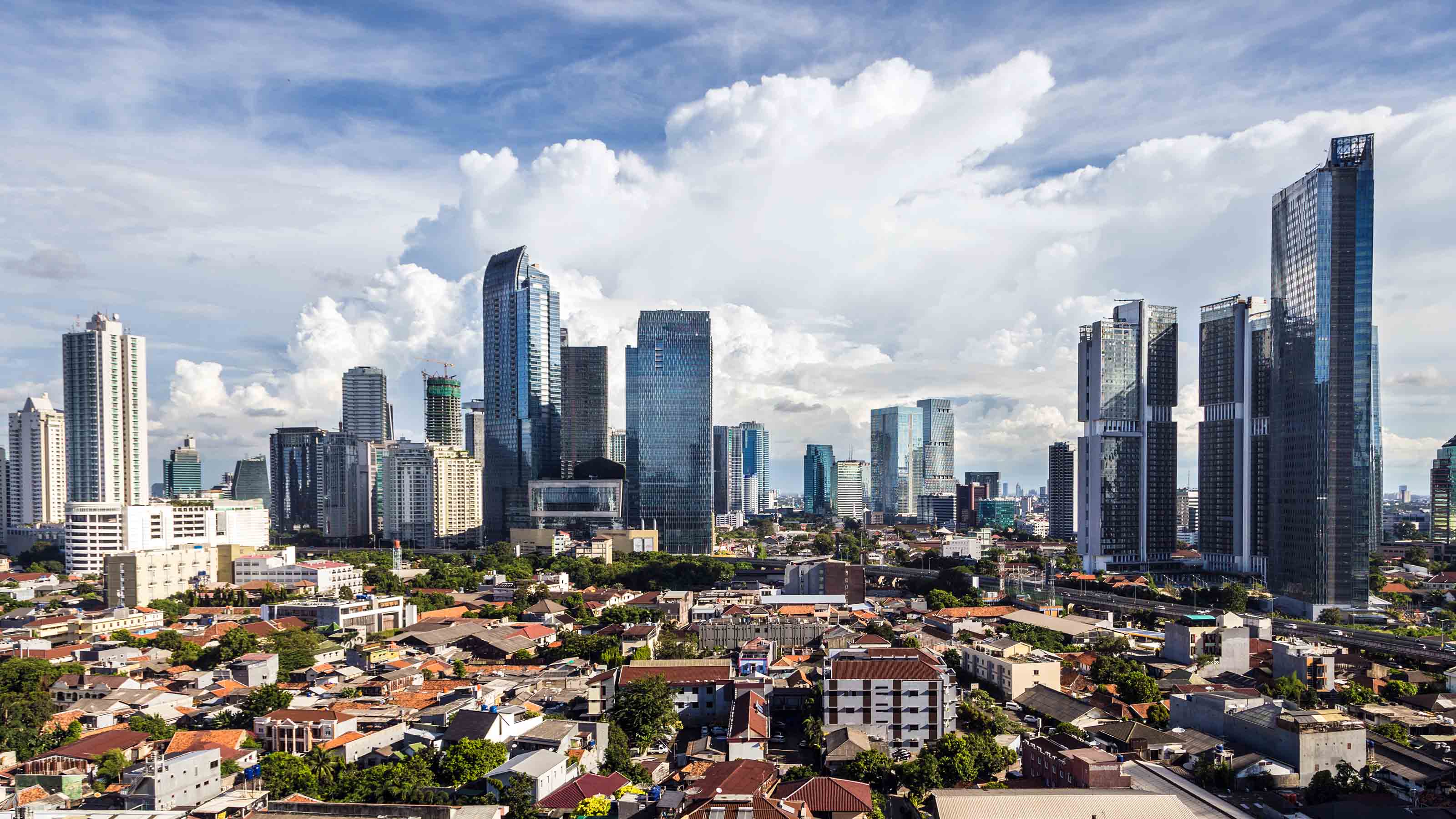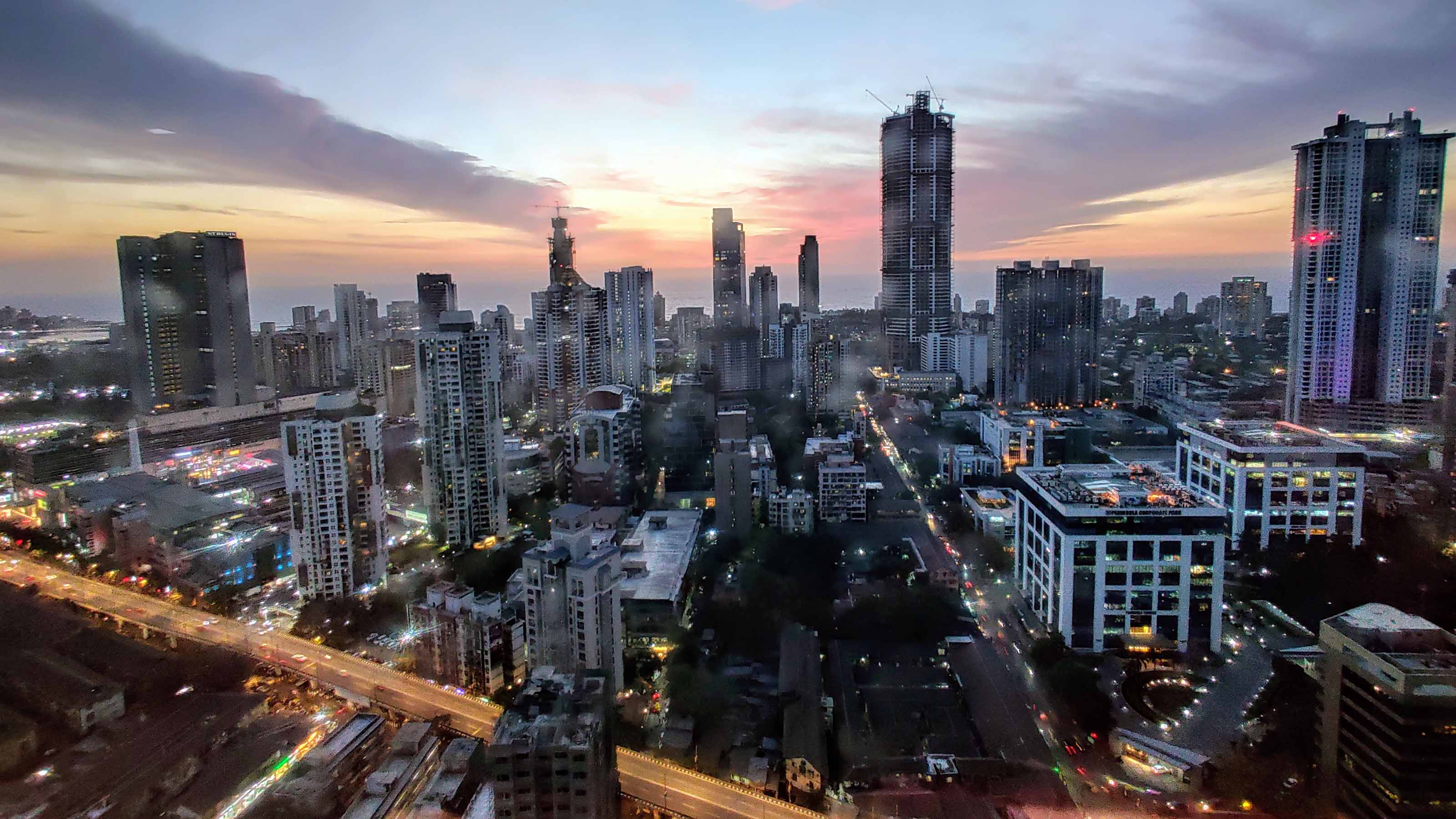8 Keys to Picking Winning Emerging Markets
Look at things like a country’s dependence on commodities, the health of its manufacturing economy and — seriously — the efficiency of bribes.

For ten years, all you had to do to make money in emerging markets was throw money at them. From 2001 through 2010, the MSCI Emerging Markets index returned an eye-popping 16.2% annualized.
Don't expect a repeat of that kind of performance anytime soon. Indeed, since the start of 2011, the index has lost 4.2% annualized. And that includes a 7.8% loss so far this year (all returns are through July 30).
What should emerging-markets investors do now? Ruchir Sharma, head of the emerging-markets stock team at Morgan Stanley, says the secret is to choose the best markets. "In the developed world, the key is to pick the right industry sectors," he says. "In emerging markets, it's picking the best countries." Sharma wrote "Breakout Nations: In Pursuit of the Next Economic Miracles", a provocative book on emerging markets.

Sign up for Kiplinger’s Free E-Newsletters
Profit and prosper with the best of expert advice on investing, taxes, retirement, personal finance and more - straight to your e-mail.
Profit and prosper with the best of expert advice - straight to your e-mail.
Here are eight questions, derived from Sharma's book and an interview, to ask in sizing up which countries will likely earn you top returns. Note that none of the "BRICS" countries — the nifty acronym for Brazil, Russia, India, China and South Africa, which led last decade's boom and, in aggregate, still dominate the emerging-markets index — score well.
Does the government own a lot of businesses?
Capitalism works. State-owned businesses, whether partially or fully state-controlled, tend to perform much more poorly than private enterprises. Some developing nations, particularly Russia and China, are loaded with state-owned or state-affiliated businesses. That is a negative for those countries.
Does the country have a big middle class?
Cheap labor is a chief ingredient in the emerging-markets success story. Once a country has a large middle class, its fastest growth spurt is behind it.
Exhibit A is China, now the globe's second-largest economy. Per capita income is about $7,000. That's the same level first attained by Japan in the 1970s, South Korea in the 1980s and Taiwan in the 1990s. What followed for those three countries was slower growth of about 5% or 6% annually. Sharma expects China's growth to slow to that range from its current 7% to 7.5%.
Does the economy rely on commodities?
Russia, Brazil and South Africa are all major commodity producers. That's bad news, primarily because of slowing demand from China. Russia's economy depends on oil and gas. Brazil is a big oil producer (it also suffers from an expensive currency, low spending on infrastructure and too much spending on social-welfare programs). South Africa has 25% unemployment and labor turmoil in its mines.
When you pay a bribe, do you get what you paid for?
The less corruption a country has, the healthier its economy is likely to be. Transparency International ranks countries by their level of corruption. Sharma looks for countries with declining corruption.
Because corruption is endemic in emerging markets, he also wants to know "how efficient the corruption is" in each country. In Indonesia, he says, businessmen tell him, "You pay for something and it gets done." In India, where Sharma was born, you bribe someone, "and things still don't get done."
Does the country have new leadership with progressive ideas
Sharma particularly favors countries emerging from long periods of crisis or neglect with fresh leaders who focus on economic progress. Mexico tops his list among such countries, along with the Philippines. He also likes Nigerian President Jonathan Goodluck. "It has been a long time since Nigeria hasn't had a leader who's looting the country," he says.
Conversely, Sharma doesn't like countries whose leaders have been in power too long. Current leaders in Brazil, Turkey and even Russia brought fresh ideas when they came to office. "But after awhile, they grew mostly interested in staying in power," says Sharma.
Where are domestic investors and businessmen putting their money?
In the 1980s, before the Latin America debt crisis hit, and in the late 1990s before the Asian currency crisis erupted, local investors turned bearish on stocks long before foreign investors. Sharma closely follows the actions of local investors and businessmen.
Again, Sharma singles out India, which has a huge consumer market. Then why are Indian businessmen investing in more projects abroad than at home? "They're finding it tough to do business at home," he says.
Is manufacturing booming — or not?
Look for a vibrant manufacturing sector in a country that's getting ready to shine.
Thailand is Sharma's poster child here. As a percentage of gross domestic product, manufacturing in Thailand is second only to China. Thais produce a lot of cars. It's also the economic hub of Southeast Asia, a region that's making economic and political progress.
How many billionaires does a country have, and who are they?
The fewer billionaires, the more wealth is likely to be distributed throughout a nation's economy. Consider also how static the list of billionaires is; the more change over time, the better. And how did they make their money? Mining, oil and gas and real estate fortunes are more likely to involve government connections than entrepreneurship.
My take: Sharma's ideas are fascinating. If you want to use them to pick promising countries, you can turn to scads of exchange-traded funds and closed-end funds that invest in a single country. I'd also read Sharma's book first.
But Sharma spends a week every month in one developing nation or another. Few investors can do that. Besides, Morgan Stanley Institutional Emerging Markets (MMKBX), which Sharma co-manages, isn't a standout (not to mention that you may have to pay a load to buy it).
The best way most investors can employ Sharma's work is to avoid emerging-markets index funds and invest in a well-managed fund. Surprisingly, actively managed emerging-markets funds have had a tough time beating the index. Still, I like Harding Loevner Emerging Markets (HLEMX), an actively run fund that is a member of the Kiplinger 25. If Sharma is right, good fund managers should begin to top index funds in emerging markets.
Steve Goldberg is an investment adviser in the Washington, D.C., area.
Get Kiplinger Today newsletter — free
Profit and prosper with the best of Kiplinger's advice on investing, taxes, retirement, personal finance and much more. Delivered daily. Enter your email in the box and click Sign Me Up.

-
 Stock Market Today: Stocks Soar on China Trade Talk Hopes
Stock Market Today: Stocks Soar on China Trade Talk HopesTreasury Secretary Bessent said current U.S.-China trade relations are unsustainable and signaled hopes for negotiations.
By Karee Venema
-
 2026 Disney Dining Plan Returns: Free Dining for Kids & Resort Benefits
2026 Disney Dining Plan Returns: Free Dining for Kids & Resort BenefitsPlan your 2026 Walt Disney World vacation now. Learn about the returning Disney Dining Plan, how kids aged three to nine eat free, and the exclusive benefits of staying at a Disney Resort hotel.
By Carla Ayers
-
 White House Probes Tracking Tech That Monitors Workers’ Productivity: Kiplinger Economic Forecasts
White House Probes Tracking Tech That Monitors Workers’ Productivity: Kiplinger Economic ForecastsEconomic Forecasts White House probes tracking tech that monitors workers’ productivity: Kiplinger Economic Forecasts
By Matthew Housiaux
-
 Investing in Emerging Markets Still Holds Promise
Investing in Emerging Markets Still Holds PromiseEmerging markets have been hit hard in recent years, but investors should consider their long runway for potential growth.
By James K. Glassman
-
 Stocks: Winners and Losers from the Strong Dollar
Stocks: Winners and Losers from the Strong DollarForeign Stocks & Emerging Markets The greenback’s rise may hurt companies with a global footprint, but benefit those that depend on imports.
By Anne Kates Smith
-
 5 Exciting Emerging Markets Funds to Buy
5 Exciting Emerging Markets Funds to BuyForeign Stocks & Emerging Markets Emerging markets funds haven't been immune to global inflationary pressures. But now might be the time to strike on these high-risk, high-reward products.
By Kent Thune
-
 African Stocks: Investing in the Last Great Emerging Market
African Stocks: Investing in the Last Great Emerging MarketForeign Stocks & Emerging Markets A massive middle class and rapid technology-enabled development could turn African stocks into growth darlings over the next two decades.
By Charles Lewis Sizemore, CFA
-
 ESG Gives Russia the Cold Shoulder, Too
ESG Gives Russia the Cold Shoulder, TooESG MSCI jumped on the Russia dogpile this week, reducing the country's ESG government rating to the lowest possible level.
By Ellen Kennedy
-
 India Is on a Tear
India Is on a TearForeign Stocks & Emerging Markets Massive modernization presents opportunities for investors.
By Nellie S. Huang
-
 Wasatch Emerging Markets Small Cap Goes Its Own Way
Wasatch Emerging Markets Small Cap Goes Its Own WayForeign Stocks & Emerging Markets This emerging-markets stock fund isn't afraid to stray from the pack.
By Nellie S. Huang